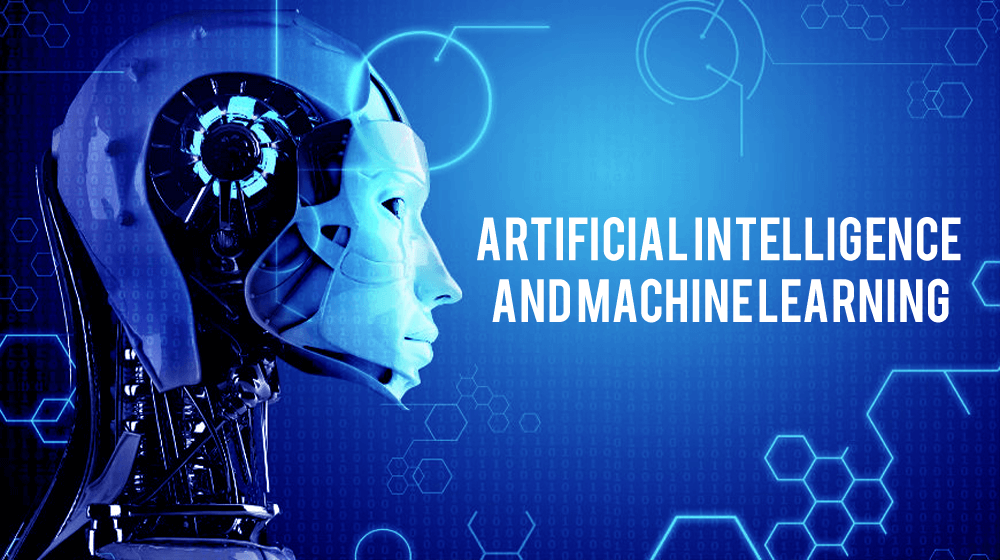
What’s the Scoop? Robots and Machines
Are you confused about the difference between a robot and a machine? Don’t worry; you’re not alone. Many people are not sure about the distinction between these two terms. But, fear not! In this article, we’ll delve into the nitty-gritty of robots and machines, and you’ll be an expert on the topic in no time.
Machines: The Basics
Machines are devices that perform specific tasks or functions. They range from simple to complex and can be mechanical, electrical, or electronic. Machines are designed to make work easier, faster, and more efficient for humans. They can be powered by electricity, steam, water, or any other energy source to perform a particular task.
Some examples of machines include:
- A hammer
- A bicycle
- A car
- A dishwasher
- A computer
Machines can be controlled manually or automatically. They are designed to perform a specific task repeatedly. For instance, a hammer is designed to hit nails repeatedly.
Robots: The Basics
A robot is a machine that can perform complex tasks autonomously, meaning it can operate without human intervention. Robots come in different shapes and sizes, from small toys to massive factory machines. They can be programmed to carry out various activities, such as assembling cars, exploring space, or even cooking food.
Robots can be classified into two categories:
Industrial Robots
Industrial robots are used in manufacturing and production facilities. They are designed to perform repetitive tasks, such as welding, painting, or assembling. They are programmed to perform the same task repetitively and precisely. Industrial robots are known for their speed, accuracy, and reliability.
Service Robots
Service robots are designed to interact with humans and provide services. They can perform a variety of tasks, such as cleaning, cooking, or assisting people with disabilities. Service robots are becoming increasingly popular in healthcare, hospitality, and domestic settings.
The Differences Between Robots and Machines
Now that we’ve established the basics of machines and robots, let’s dive into the differences between them.
Autonomous Operation
One of the significant differences between robots and machines is autonomous operation. Machines are operated manually or automatically, but they require human intervention. Robots, on the other hand, are designed to operate independently and perform tasks without human intervention.
Complexity
Machines are designed to perform simple or complex tasks, depending on their purpose. They are usually designed to perform a single task or a specific set of tasks. Robots, on the other hand, are designed to perform complex tasks that require cognitive abilities. They can analyze data, make decisions, and adapt to changes in their environment.
Intelligence
Intelligence is another significant difference between robots and machines. Machines are designed to perform tasks based on pre-programmed instructions. They cannot learn or adapt to new situations. Robots, on the other hand, can learn and adapt to new situations. They can analyze data and make decisions based on that data.
Mobility
Machines are usually stationary or have limited mobility. For instance, a washing machine is stationary, and a car can only move on land. Robots, on the other hand, can move in different directions and environments. For instance, a robot used in space exploration can move on the moon, asteroids, or other planets.
Interaction
Machines are designed to perform tasks without any interaction with humans. Robots, on the other hand, are designed to interact with humans. For instance, a robot used in the hospitality industry can interact with guests, take orders, and provide recommendations.
Wrapping Up
In conclusion, the main difference between robots and machines is autonomy. Machines require human intervention, while robots can operate independently. Robots are more complex, intelligent, mobile, and interactive than machines. Understanding the differences between robots and machines is essential in today’s world, where automation is becoming increasingly prevalent.
Email- contact@devopsschool.com

 Starting: 1st of Every Month
Starting: 1st of Every Month  +91 8409492687
+91 8409492687  Contact@DevOpsSchool.com
Contact@DevOpsSchool.com

Helped my assignment, thank you very much!